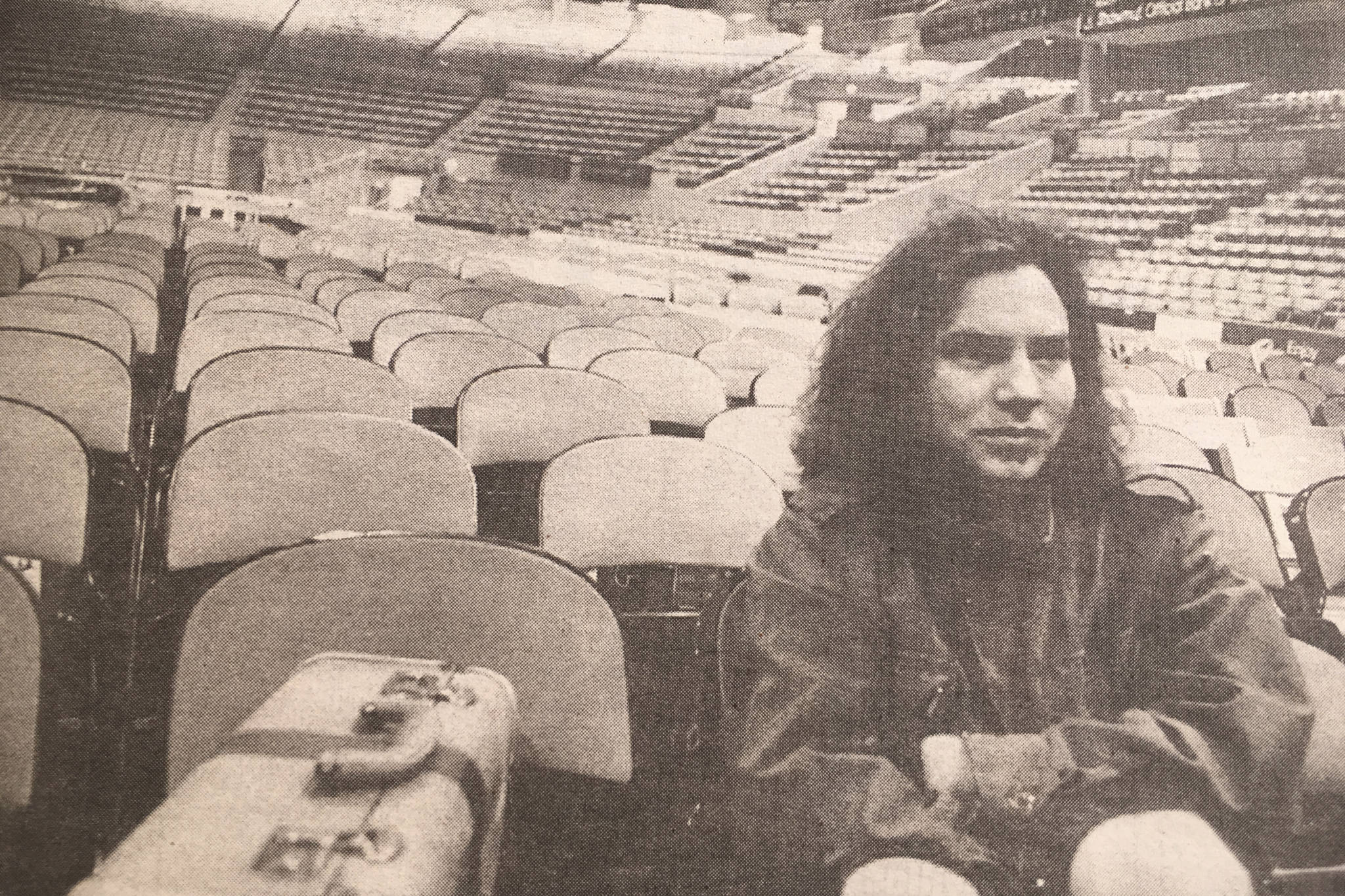For 15 years, the primary symbol of The Seattle Times and Seattle Post-Intelligencer‘s joint operating agreement has appeared every Sunday: a “joint” edition consisting of a massive Times and a wafer-thin P-I editorial “section.” That symbol has now been supplanted by the papers’ combined Web site, www.seatimes.com. The site links to sites for the papers’ combined classified ads and for the Times, its Issaquah Press and the Mirror (“a monthly newspaper written by teens, for teens”), and the P-I. On three of its four content sites, the Times Co. posts complete current content and abundant archival content for the Times, Issaquah Press, and the Mirror; the P-I must make do with “Seattle P-I Plus”—a site posting its current “Getaways” section and linking to a few selected past news stories, a page hawking P-I souvenirs (Blue Angels poster!), and directions for getting the print edition.
See end of article for related links.
Given the quality of the Times site—arguably one of the best-designed newspaper sites on the Web—and the company’s commitment to electronically publishing in their entirety its own paper and two niche papers, the P-I‘sWeb presence is pathetic. No one can come away from it without believing that the Times is going out of its way to denigrate and weaken the P-I by keeping it half on and half off the Web.
It became evident how Web-dependent media producers and consumers have become last November, when the “Press Secretaries from the Washington State Congressional Delegation” wrote to P-I publisher J.D. Alexander. Only two of the delegation’s 11 press secretaries didn’t sign (Doc Hastings’ and Jim McDermott’s, who were perhaps preoccupied with other technologies—black helicopters and cellular telephones). The letter took Alexander to task for not posting P-I articles on the Web. “Most major newspapers around the country are online, including: The New York Times, The Washington Post, and even your local competition, The Seattle Times,” the letter read. “The advantage these papers have over papers without Web sites is obvious, but the most striking example of the inequity is this: In Washington, DC, we read what’s in The Seattle Times before we read what’s in the P-I, even though yours is the morning paper!” (Emphasis in the original.)
Alexander chose not to answer—partly, perhaps, because he has nothing to do with the decision to keep the P-I off the Web. Terms of the 1981 joint operating agreement (JOA) between the two papers leave all P-I business decisions in the hands of Times management. Only the editorial department is nominally independent.
In recent months, disgruntled P-I employees have urged that their paper get on the Web. Increasingly, reporters there say, they are at a tremendous disadvantage in covering their beats. News figures, sources, and potential sources often look first to the Web to check coverage of themselves or their issues, and P-I reporters—particularly those in other cities—are rendered all but invisible. “The big concern for us,” says one, “is that people in places like Microsoft and in Washington, DC, read their papers on the Web. Not being there limits our relevance.”
P-I sources also claim the Times is violating the JOA by posting its content at 8am—making it, in cyberspace at least, the morning paper of record, in clear violation of the agreement—and by keeping the P-I off of it. Rumors persist that P-I management has written the Times a memo accusing it of violating the JOA.
DESPITE A WEEK of repeated phone inquiries—including one stating that continued silence would be taken as confirmation of the rumors—Alexander and P-I managing editor Ken Bunting declined to comment. Times president Mason Sizemore was more talkative: He denied the memo’s existence and denied there was any unhappiness among P-I management. “There’s no disagreement in terms of our understanding of the agreement,” he said last week. “I gather that some of their reporters and technical people don’t like the present arrangement, but that’s life. Under the agreement, the Times makes those kinds of decisions for the P-I. Right now, it has a partial presence on the Web. When it makes sense to us to go fully online, we will.”
Sizemore insists that his company’s holding back on the P-I‘s Web presence is strictly a business decision: “Our ability to sell Web advertising is something we are working our way through.” But the fact that all of his company’s other publications are happily hemorrhaging cash online indicates otherwise.
Sizemore denies that the JOA ever intended to carve out separate morning and afternoon turfs for the two papers. But the pre-Web agreement’s failure to explicitly limit distribution of each paper to particular hours clearly stems more from the inability of JOA drafters to predict the future than from any intent to let the Times publish in the morning. The JOA givesthe Times its printing presses from 8am to 8pm, and gives the P-I access at night.
“There’s some implication there about distribution,” Sizemore admits. “You can’t distribute what you haven’t printed.” Oh, well.
“When we negotiated this contract nearly 20 years ago,” Sizemore adds, “no one could have predicted we would end up in this kind of publishing environment.” He goes on to say that “there’s never been a serious dispute between the two parties.” That could change, if it hasn’t already.
Related Links:
The Seattle Times
The Seattle Post-Intelligencer
The Issaquah Press
The Mirror Drive-Thru






